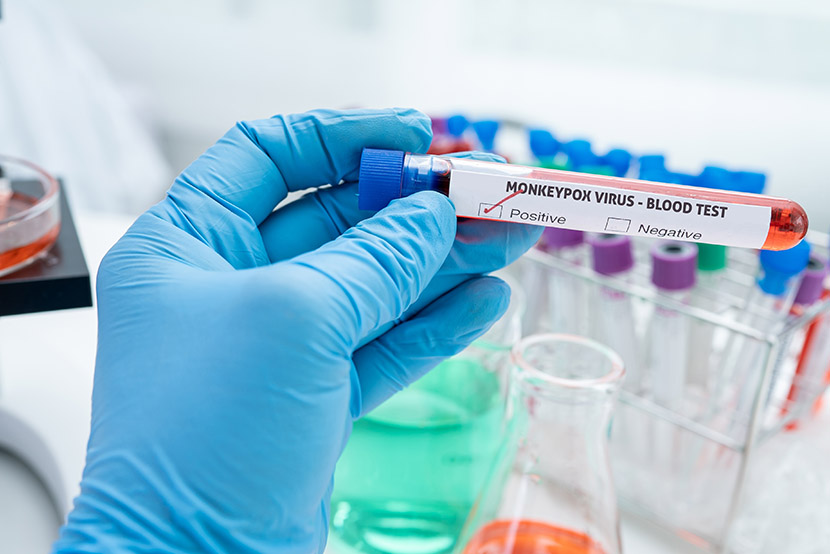Monkeypox is a rare disease caused by an infection with the monkeypox virus. What was found mostly in areas of Africa, has migrated its way into North America and other continents, raising a worldwide concern. In the span of a few months, monkeypox has exploded from a handful of global cases to a global health emergency.
Monkeypox causes flu-like symptoms such as fever and chills, and bumps, rashes and blemishes that can take weeks to clear. Monkeypox virus is a part of the same family of viruses as variola virus, the virus that causes smallpox, however monkeypox is rarely fatal and symptoms tend to be milder.
As professionals in the cleaning industry, our duty is to stop the spread of the virus and keep the public safe. Although there is no proven treatment for monkeypox, perhaps the best prevention method to steer clear of monkeypox is the utilization of disinfectants.
What makes poxviruses so dangerous is their ability to survive on surfaces for extended periods of time. According to the CDC, studies show the virus can survive in a household environment for weeks to months. Their studies also concluded that porous materials (bedding, clothing, etc.) may harbor the live virus for longer periods of time than non-porous (plastic, glass, metal) surfaces.
The best way to terminate living viruses on surfaces is to disinfect with EPA-registered products. Rochester Midland Corporation offers several that are effective on poxviruses for all purposes of disinfecting. If you or someone in your home tests positive for monkeypox, or you just want to minimize the chance of contracting and spreading the virus, follow these disinfectant protocols:
- When cleaning and disinfecting, that person should wear, at a minimum, disposable gloves and a well-fitting mask.
- Do not dry dust or sweep as this may spread infectious particles. Wet cleaning methods are preferred such as disinfectant wipes, sprays, and mopping.
- Routinely clean and disinfect commonly touched surfaces and items (such as counters or light switches) using an EPA-registered disinfectant in accordance with the manufacturer’s instructions.
- If the person with monkeypox had direct skin contact and/or excessive drainage of fluids from rashes onto soft furnishings, such as upholstered furniture, carpets, rugs, and mattresses, disinfect the surface with a surface-appropriate disinfectant.
- People who have recovered from monkeypox and whose isolation period has ended should conduct a thorough disinfection of all the spaces within the location that they had been in contact with.



